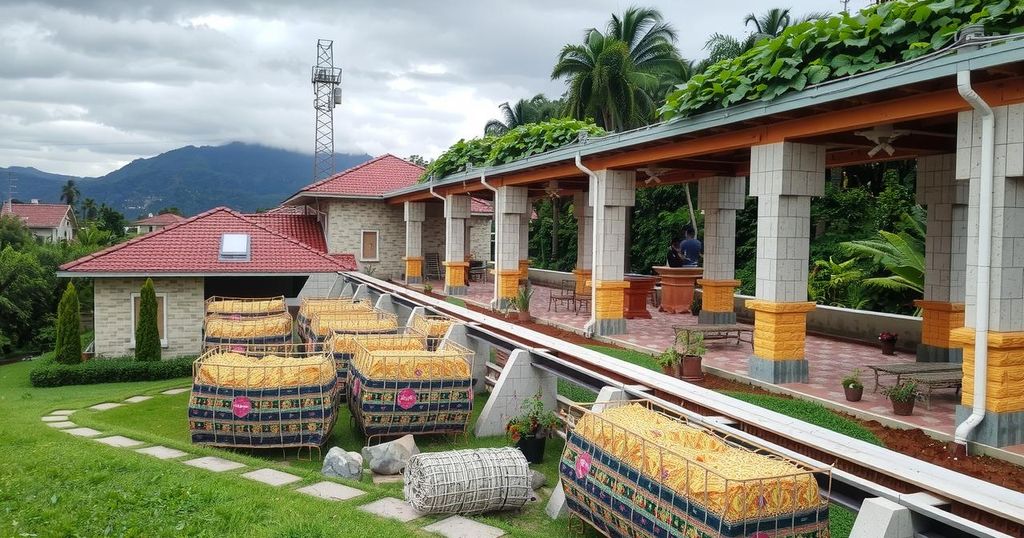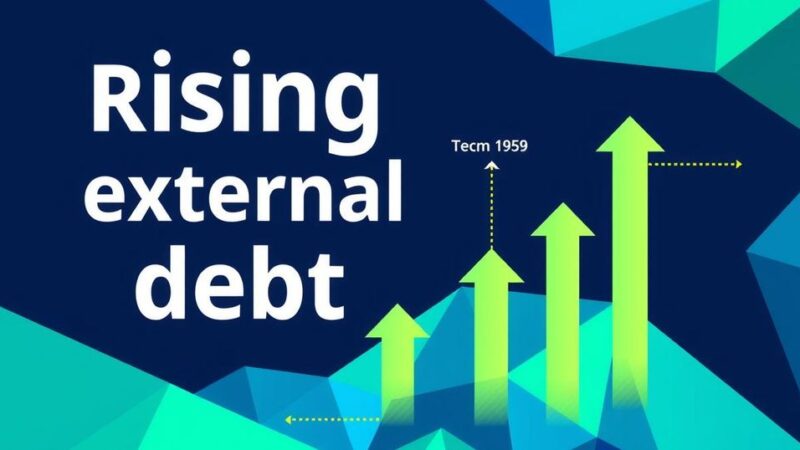Peru is facing an increasing demand for infrastructure improvements, with Economy Minister José Arista highlighting an investment gap estimated at US$100 billion to US$150 billion. A record investment execution of nearly S/58 billion for 2024 is projected, emphasizing the urgency for private sector involvement and public-private partnerships (PPP) to enhance logistics infrastructure significantly and achieve robust GDP growth.
The demand for enhanced infrastructure in Peru is experiencing a notable increase, highlighted by the urgent need for improved facilities across various public works, including ports, roads, trains, and airports. Economy and Finance Minister José Arista articulated that the economic outlook for 2024 is promising, supported by a record investment execution nearing S/58 billion (approximately US$15.483 billion), which reflects a 16% rise compared to 2023.
Minister Arista stressed the importance of further infrastructure investment to address an estimated deficit of US$100 billion to US$150 billion in the sector, stating, “This gap is growing; what we need is to invest more and more.” He pointed out that crucial facilities such as the port hub in Callao, along with the New Jorge Chávez International Airport, require substantial upgrades to meet current demands. “We cannot intend to be Latin America’s port hub with the same logistics infrastructure that we have now,” he asserted.
Moreover, the minister emphasized the necessity of engaging private resources to complement state investments, particularly through Public-Private Partnership (PPP) agreements. As demand escalates for the development of southern and northern ports, as well as the improvement of roads and highways, he remarked, “The demand to increase the size of these ports is growing, as is the need to widen our roads and highways.”
Minister Arista indicated that if Peru aspires to achieve GDP growth rates exceeding 3.2% to 3.3%, targeting figures between 5% to 7%, increased investments are imperative. He concluded, “Especially in infrastructure investment that enables us to make the most of the country’s geographic location,” underscoring the critical role of infrastructure in driving national economic performance.
The article discusses the increasing demand for improved infrastructure in Peru, driven by the need to enhance facilities that facilitate trade and connectivity. Economy and Finance Minister José Arista outlines the government’s efforts and future plans for infrastructure development, emphasizing the country’s significant investment gaps that must be filled to achieve sustainable economic growth. It highlights the importance of public-private partnerships in addressing these needs and facilitating progress in critical infrastructure projects.
In conclusion, Peru’s escalating infrastructure demands necessitate urgent action to bridge a significant investment gap, estimated between US$100 billion and US$150 billion. With positive economic projections for 2024, Minister José Arista advocates for increased public and private investment in logistics infrastructure to support the nation’s GDP growth ambitions. Without substantial enhancements in this sector, the country’s potential as a key player in Latin America’s trade landscape may remain unfulfilled.
Original Source: andina.pe






